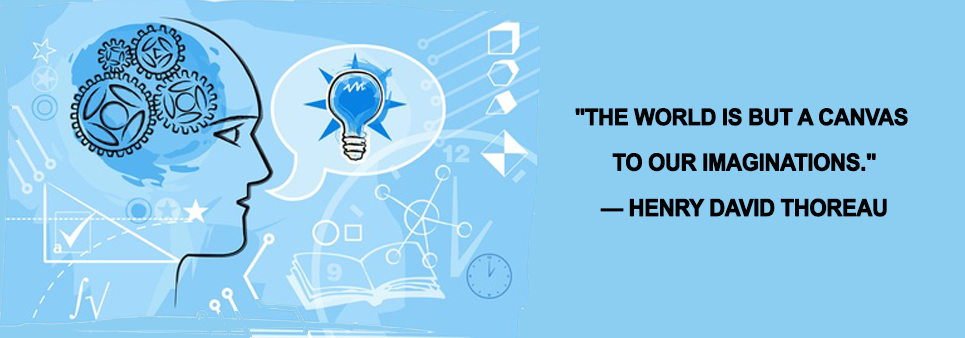Sensazione is the continual refinement of the senses, sight, sound, smell, taste and touch, especially sight, as the means to enliven experience. After another mind clearing Sunday of wandering the National Gallery I picked up Michael J. Gelb’s, book How to Think Like Leonardo da Vinci, and had to smile when I discovered that Gelb is a creativity and innovation expert whose writing inspires both the innovator and everyday individuals looking to disrupt their own thinking. Ironically, it was Gelb that helped me to connect the dots on the success and growth of HeartMath LLC, a company which understood its creative potential from the very beginning.
 After my interview with innovator Bruce Cryer, a founding member and Global Director of HeartMath, I am certain that the concept of sensazione and understanding how to leverage time were two key ingredients to their success. Cryer explains that they started with a simple concept “when your heart is involved in what you do, things go better.” I’ll borrow a quote from author, Catherine Hrudicka who says that creativity is the, “synthesis of ideas and that we must have a vision or an intuition of a place to go, new products, innovations and business models.” What steps did HeartMath take to make it to the global market from having a great idea? Designing a product around a new understanding of how the heart and brain talk to each other is not so simple.
After my interview with innovator Bruce Cryer, a founding member and Global Director of HeartMath, I am certain that the concept of sensazione and understanding how to leverage time were two key ingredients to their success. Cryer explains that they started with a simple concept “when your heart is involved in what you do, things go better.” I’ll borrow a quote from author, Catherine Hrudicka who says that creativity is the, “synthesis of ideas and that we must have a vision or an intuition of a place to go, new products, innovations and business models.” What steps did HeartMath take to make it to the global market from having a great idea? Designing a product around a new understanding of how the heart and brain talk to each other is not so simple.
A Creative Team
 Cryer describes that in 1991, Doc Childre intentionally put together a founding team with backgrounds from science, business, education, art and music to design a product that would help consumers learn to transform stress. One question that was always raised during development meetings was, “how will the customer respond to this idea?” HeartMath’s objective was to make the technology enjoyable for consumers as they learned about controlling stress. Cryer recognized early on that Steve Jobs always intrigued and inspired consumers and HeartMath did not keep the Jobs philosophy in the abstract. Had they a looking glass, they would have seen that their product would eventually be featured in a number of scientific peer-reviewed journals, the NBC Today Show, ABC World News Tonight, CBS’ The Early Show, CNN’s Headline News, Discover.com, and win the People’s Choice Competition for the Last Gadget Standing Award at CES 2009. For the full length of my interview, please go to Innovation Excellence!
Cryer describes that in 1991, Doc Childre intentionally put together a founding team with backgrounds from science, business, education, art and music to design a product that would help consumers learn to transform stress. One question that was always raised during development meetings was, “how will the customer respond to this idea?” HeartMath’s objective was to make the technology enjoyable for consumers as they learned about controlling stress. Cryer recognized early on that Steve Jobs always intrigued and inspired consumers and HeartMath did not keep the Jobs philosophy in the abstract. Had they a looking glass, they would have seen that their product would eventually be featured in a number of scientific peer-reviewed journals, the NBC Today Show, ABC World News Tonight, CBS’ The Early Show, CNN’s Headline News, Discover.com, and win the People’s Choice Competition for the Last Gadget Standing Award at CES 2009. For the full length of my interview, please go to Innovation Excellence!






